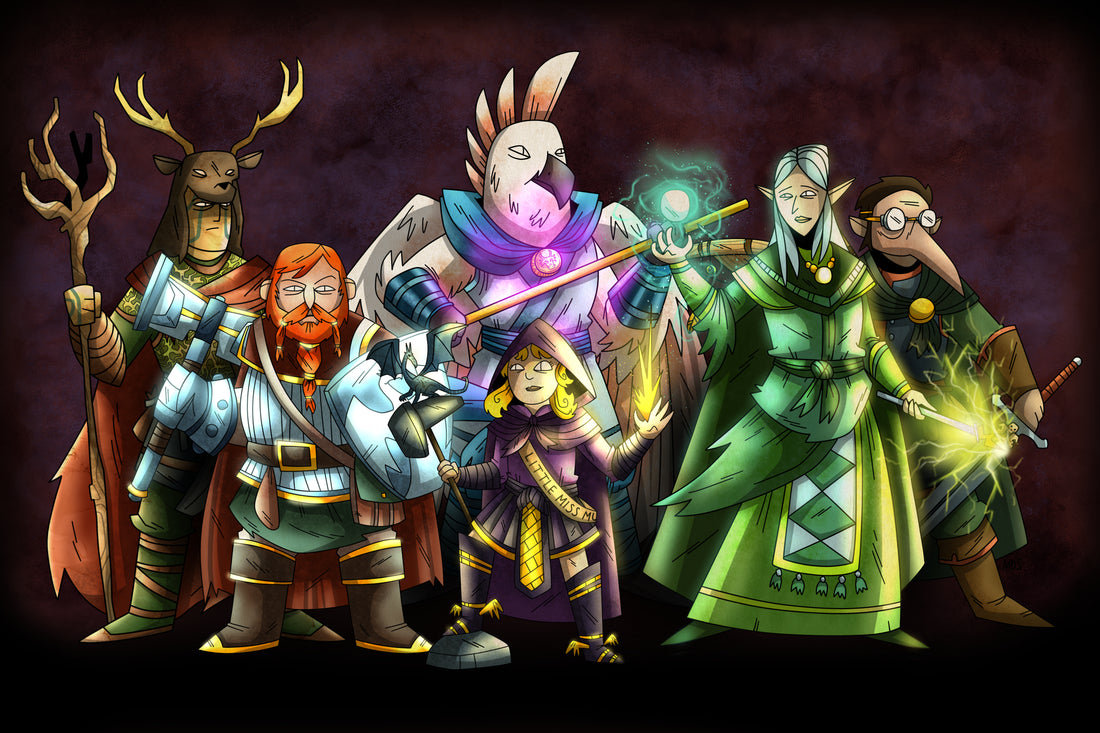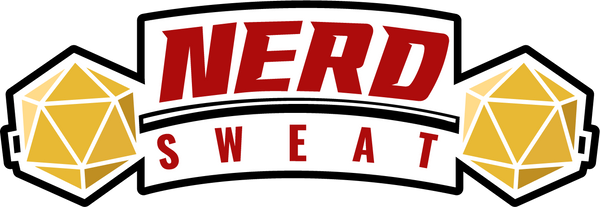
7 Tips for Developing a Creative Character Backstory for Your D&D Player Character
Creating a compelling backstory for your Dungeons & Dragons (D&D) character is one of the most enjoyable aspects of character creation. A well-crafted backstory not only enhances your role-playing experience but also provides the Dungeon Master (DM) with rich material to weave into the campaign. Here’s how to develop a backstory that stands out, with references, examples, and useful resources.
1. Start with the Basics: Background, Class, and Race
Begin by selecting your character’s race, class, and background from the D&D Player's Handbook. Each of these elements provides a foundation for your backstory. For example, if you choose a Tiefling Rogue with a Criminal background, you might explore their life on the streets, where their infernal heritage made them an outcast, driving them to a life of crime. The combination of these traits helps to define your character's abilities, personality, and potential conflicts.
2. Define Key Life Events
Consider the significant events that shaped your character's life. Were they orphaned as a child, mentored by a mysterious figure, or perhaps betrayed by a close friend? Think about how these events affected your character’s personality and motivations. For instance, a Human Paladin who witnessed the destruction of their village by marauding orcs might be driven by a vow of vengeance, fueling their righteous quest.
3. Explore Motivations and Goals
What drives your character? Are they seeking revenge, redemption, wealth, or knowledge? Understanding your character’s motivations gives you direction in role-playing and decision-making. A Dwarf Cleric might be on a pilgrimage to reclaim a lost holy relic, or a Half-Elf Bard could be searching for the truth about their mysterious lineage.
4. Integrate Flaws and Weaknesses
No character is perfect, and flaws make them more relatable and interesting. Perhaps your character has a fear of heights, a quick temper, or a dark secret they’re desperate to keep hidden. For example, a Gnome Wizard might be a brilliant scholar but socially awkward, struggling to connect with others outside of academic discourse.
5. Connect with the Campaign Setting
Work with your DM to tie your backstory into the campaign’s setting. This collaboration ensures that your character’s story aligns with the world and can be naturally integrated into the campaign. If your character is a Wood Elf Ranger from the mystical forests of Faerûn, perhaps they have a connection to the ancient trees rumored to be sentient or a rivalry with a nearby orc tribe that has been encroaching on their homeland.
6. Create Relationships
Consider the relationships your character has with others. Do they have a mentor, a family, or a nemesis? How do they interact with their fellow adventurers? A Halfling Monk might have a strong bond with a sibling who was captured by slavers, giving them a personal quest within the larger campaign.
7. Use Tools and Resources
Several online tools can help flesh out your backstory:
- D&D Beyond has a character creator that integrates backstory options.
- World Anvil offers templates for character creation that include sections for history, motivations, and connections.
- HeroForge allows you to design a custom miniature, which can inspire visual and story details.
Example: Talia, the Half-Orc Sorcerer
Talia grew up in a human settlement where she was ostracized due to her orcish heritage. She discovered her sorcerous powers during a traumatic event when she was attacked by a mob of townsfolk. Fleeing her home, she now travels the world, seeking to understand her powers and prove that she is more than the monster people see her as. Her goal is to find others like her and build a safe haven for outcasts. Talia’s flaws include a deep mistrust of others and a tendency to use her magic defensively, even when it’s unnecessary.
Conclusion
A creative backstory not only enhances your enjoyment of D&D but also enriches the entire campaign. By considering your character’s background, motivations, flaws, and connections to the world, you’ll create a character that feels real and engaging. Collaborate with your DM to ensure your backstory fits seamlessly into the campaign, and don’t be afraid to let your character evolve as the story progresses.
References and Resources
- D&D Player’s Handbook by Wizards of the Coast
- D&D Beyond Character Builder: D&D Beyond
- World Anvil Character Templates: World Anvil
- HeroForge Custom Miniatures: HeroForge
Developing a well-rounded backstory is the first step in bringing your D&D character to life, setting the stage for epic adventures ahead!
